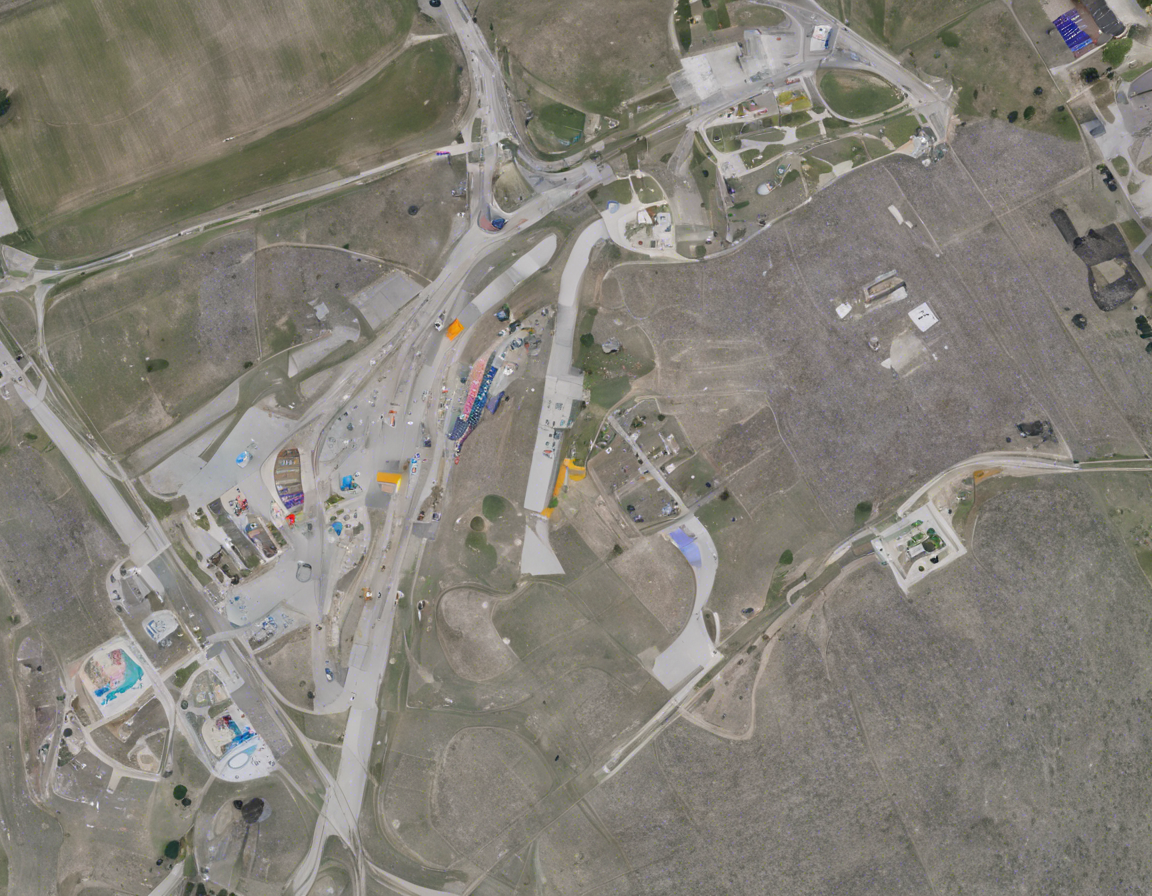Uttar Pradesh, commonly known as UP, is India’s most populous state and the fourth-largest by area. The state’s administrative units are divided into districts for the effective governance and administration of the region. As of 2021, the number of districts in Uttar Pradesh stands at 75.
Understanding the District System in Uttar Pradesh
What is a District?
A district is an administrative division within a state or country, usually arranged by the government to manage various administrative functions efficiently. It serves as a localized area that facilitates governance, law enforcement, and provision of public services.
Districts in Uttar Pradesh
Uttar Pradesh, often referred to as the heartland of India, is a state with a rich cultural heritage and diverse demographics. The state is subdivided into districts, each headed by a District Magistrate who is responsible for maintaining law and order, overseeing developmental activities, and coordinating with state government departments.
Evolution of Districts in Uttar Pradesh
Uttar Pradesh has undergone several changes in its district structure since its formation. The state initially had a total of 48 districts. However, over the years, with the growing population and administrative requirements, the number of districts in Uttar Pradesh has increased to the current count of 75.
List of Districts in Uttar Pradesh
Here is a list of the 75 districts in Uttar Pradesh as of 2021:
- Agra
- Aligarh
- Allahabad
- Ambedkar Nagar
- Amethi
- Amroha
- Auraiya
- Azamgarh
- Baghpat
- Bahraich
- Ballia
- Balrampur
- Banda
- Barabanki
- Bareilly
- Basti
- Bijnor
- Budaun
- Bulandshahr
- Chandauli
- Chitrakoot
- Deoria
- Etah
- Etawah
- Faizabad
- Farrukhabad
- Fatehpur
- Firozabad
- Gautam Buddha Nagar
- Ghaziabad
- Ghazipur
- Gonda
- Gorakhpur
- Hamirpur
- Hapur
- Hardoi
- Hathras
- Jalaun
- Jaunpur
- Jhansi
- Kannauj
- Kanpur Dehat
- Kanpur Nagar
- Kanshiram Nagar
- Kaushambi
- Kushinagar
- Lakhimpur Kheri
- Lalitpur
- Lucknow
- Maharajganj
- Mahoba
- Mainpuri
- Mathura
- Mau
- Meerut
- Mirzapur
- Moradabad
- Muzaffarnagar
- Pilibhit
- Pratapgarh
- Rae Bareli
- Rampur
- Saharanpur
- Sambhal
- Sant Kabir Nagar
- Shahjahanpur
- Shamli
- Shravasti
- Siddharthnagar
- Sitapur
- Sonbhadra
- Sultanpur
- Unnao
- Varanasi
- Chitrakoot Dham
Importance of Districts in Governance
Districts play a crucial role in the governance structure of Uttar Pradesh. They serve as the focal points for addressing various administrative, developmental, and law enforcement activities within their territorial jurisdiction. Some key aspects highlighting the importance of districts include:
Local Administration
Districts act as decentralized units of administration, ensuring effective implementation of government policies and schemes at the grassroots level. The District Magistrate, along with other district-level officers, plays a pivotal role in the local administration.
Law and Order
Maintaining law and order is one of the primary responsibilities of district authorities. They work closely with the police department to ensure peace and security in the region. Districts are also instrumental in managing any civil disturbances or emergencies that may arise.
Developmental Activities
Districts are crucial in driving developmental initiatives and projects within their boundaries. They work towards improving infrastructure, healthcare facilities, education, agriculture, and other key sectors to enhance the quality of life for residents.
Elections and Voter Registration
During elections, districts play a significant role in conducting free and fair polls. They oversee voter registration, polling booth arrangements, security deployment, and result compilation within their districts.
Frequently Asked Questions (FAQs)
1. How many districts were there in Uttar Pradesh before the creation of new districts?
Before the creation of new districts, Uttar Pradesh had 71 districts. However, with the addition of new districts, the count increased to 75.
2. Which is the largest district in Uttar Pradesh by area?
Lakhimpur Kheri is the largest district in Uttar Pradesh by area. It is known for its agricultural significance and natural beauty.
3. How are districts in Uttar Pradesh named?
Districts in Uttar Pradesh are usually named after important towns or cities within their geographical boundaries. Some districts may also derive their names from historical, cultural, or geographical significance.
4. Is there a process for creating new districts in Uttar Pradesh?
The creation of new districts in Uttar Pradesh is a prerogative of the state government. It involves a detailed administrative and legislative process, including consultations with relevant stakeholders and ensuring the feasibility and necessity of the new district.
5. What is the role of a District Magistrate in Uttar Pradesh?
The District Magistrate, also known as the Collector or Deputy Commissioner, is the senior-most executive magistrate responsible for district administration. They play a pivotal role in maintaining law and order, coordinating government initiatives, and overseeing various administrative functions in the district.
Conclusion
Districts in Uttar Pradesh form the cornerstone of the state’s administrative structure, facilitating effective governance, development, and law enforcement at the grassroots level. Understanding the significance of districts and their functions is essential for comprehending the state’s overall administrative framework and social dynamics. As Uttar Pradesh continues to evolve and grow, the role of districts will remain paramount in driving progress and ensuring welfare for its diverse population.



